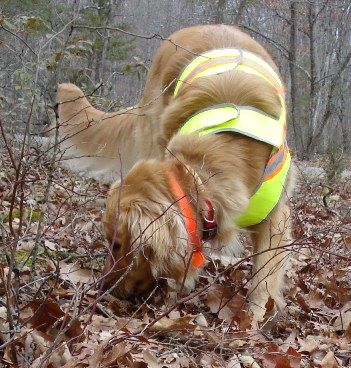
Though Pearl was the first dog to be used exclusively for this kind of work, the first recorded use of a cadaver dog is much older. In 1809, a county clerk used his dog to perform a cadaver search in Germany in what was known at the time as the “Bavarian Ripper” case centered around two girls who disappeared mysteriously. When the clerk took his dog for a walk past the house of the primary suspect, the dog, which didn’t have the training of a modern cadaver dog, repeatedly “alerted” at the man’s shed. A subsequent search of the shed lead to the discovery of the victims, and ultimately, a confession and conviction.
Cadaver dogs can smell remains 15 feet underground and are 95 percent accurate. They learn to spot the “smell of death” and find its source during the training process which involves exposing them to either actual human remains—blood, teeth, bones—or a pseudoscent, an artificial substance that re-creates the death odor. (One chemical company markets several pseudoscent formulas for training cadaver dogs—recently dead, post-decomposition, and drowning victim.) The dogs also learn to differentiate human remains from animal remains.
It’s a lousy job, but a necessary one that gives closure to families, and helps prosecute bad guys.
Image from Western Carolina University of not of Pearl, and is of a Golden Retriever
